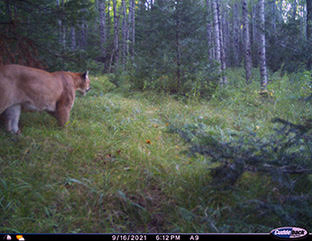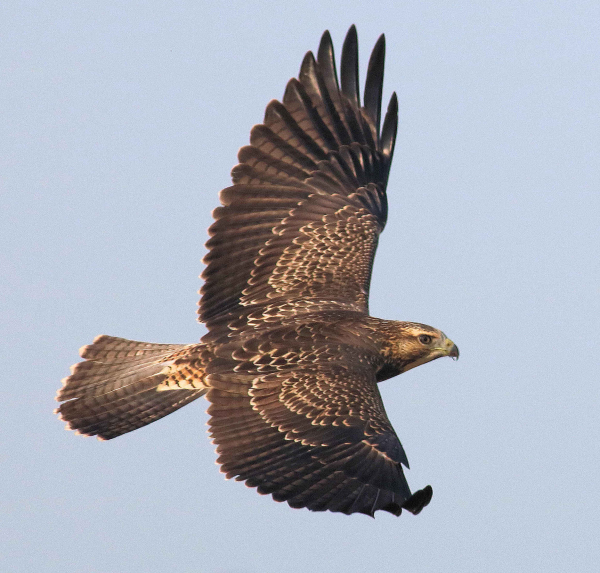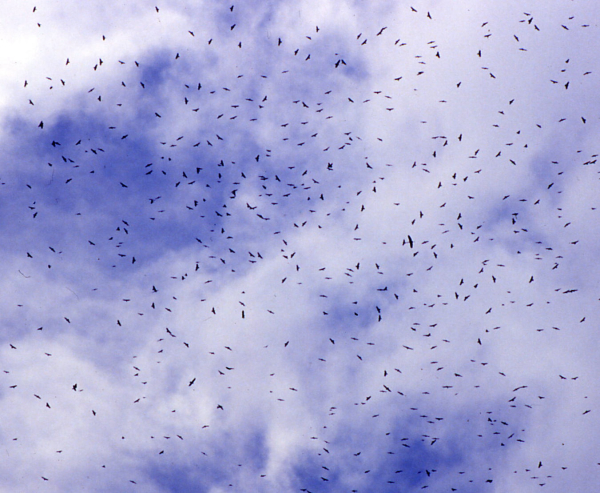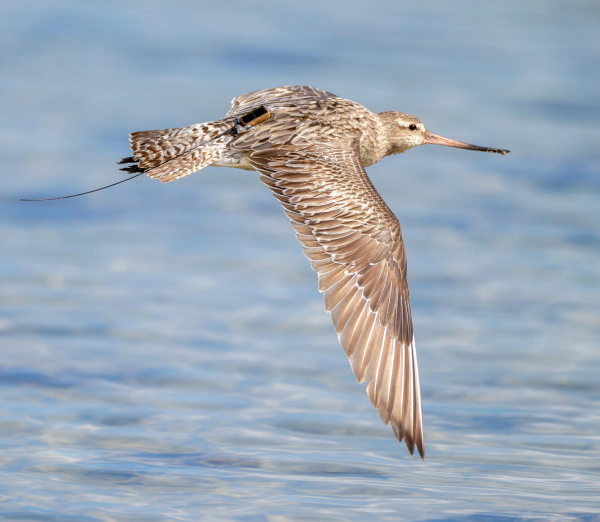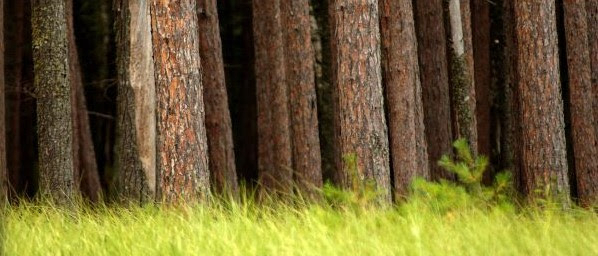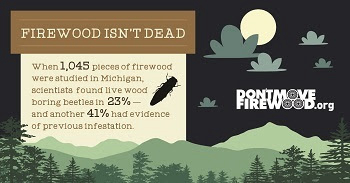Hunter Nation Issues Statement on Wisconsin Wolf Hunt Court Decision

Hunter Nation released the following statement on a Dane County judge’s decision today to deny the organization’s request to join a lawsuit to protect the constitutional rights of Wisconsinites to hunt the gray wolf:
“Clearly, this was the plan of the Evers administration and Attorney General Kaul from the minute wolves were no longer under federal protection – follow the marching orders of the radical anti-hunting groups and trample the rights of Wisconsin hunters, farmers, pet owners, and families,” Hunter Nation President and CEO Luke Hilgemann said. “Hunter Nation will not sit by while the opponents of common sense predator management try to violate the constitutional rights of hunters in this state, and we are reviewing our options for how to best continue the fight.”

